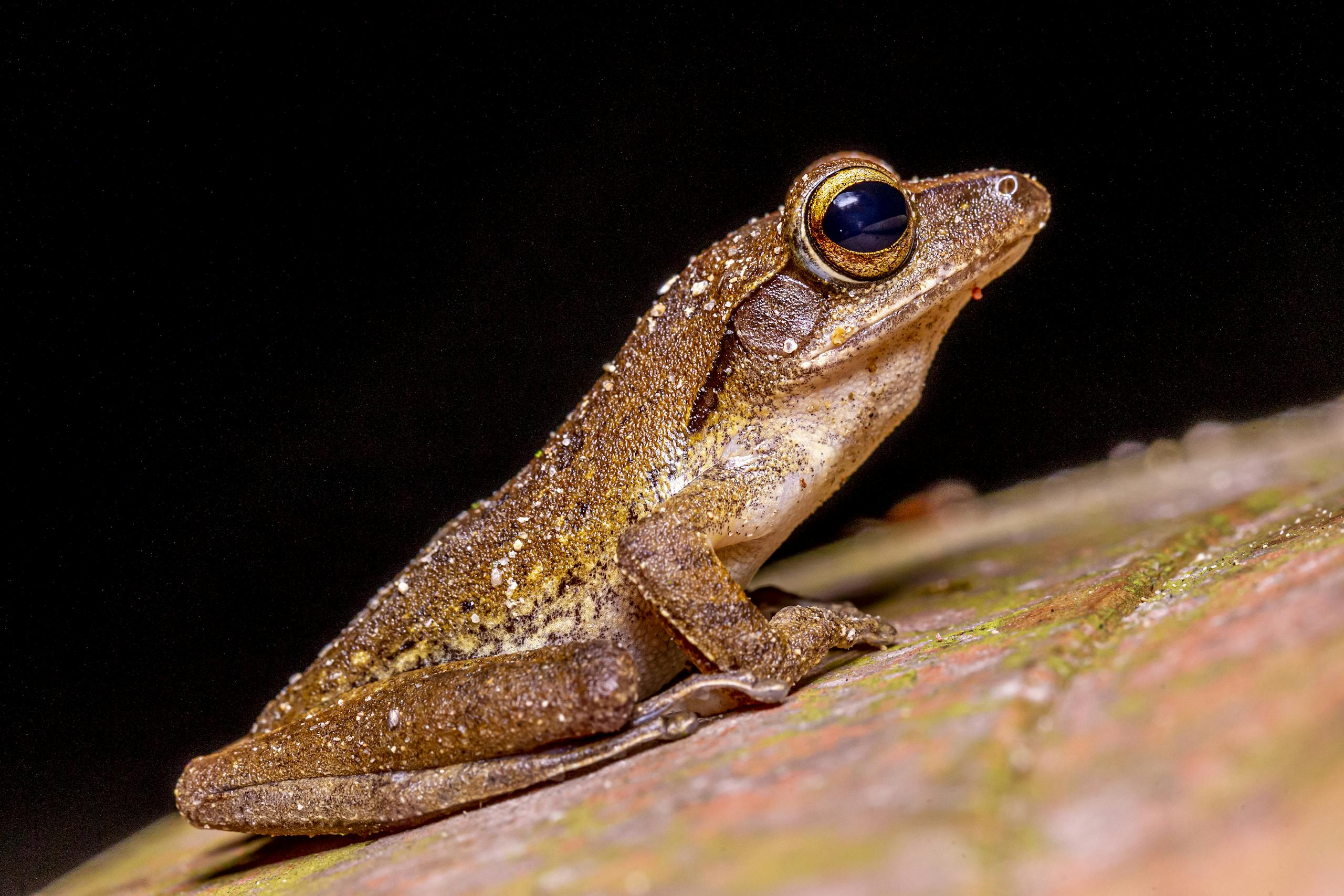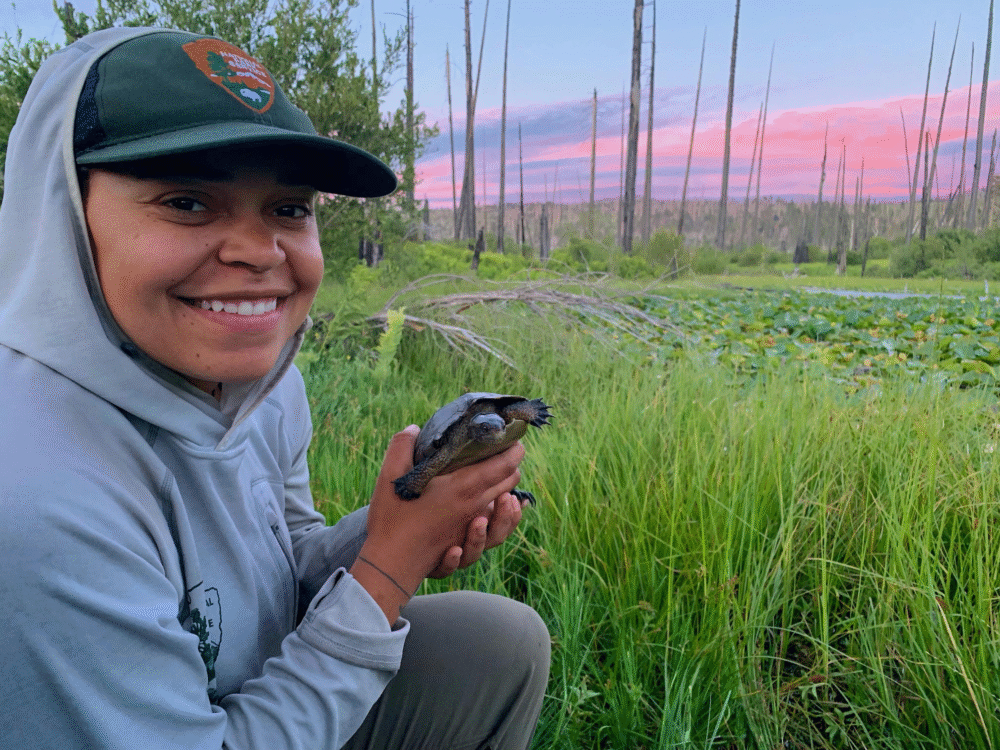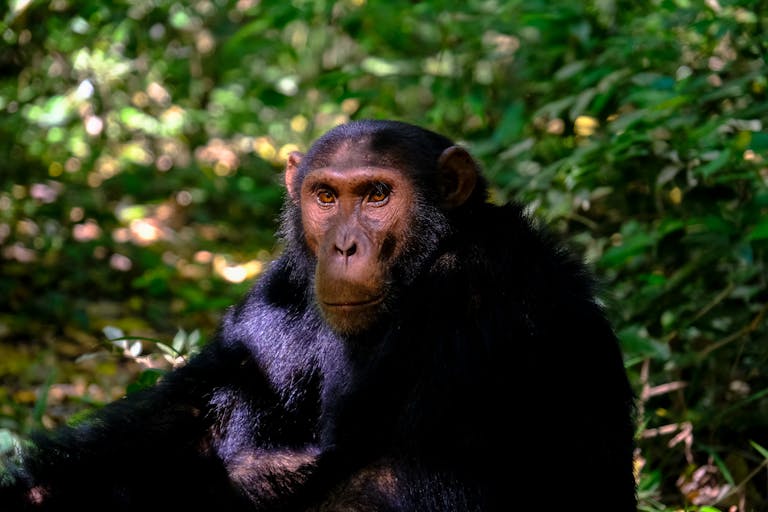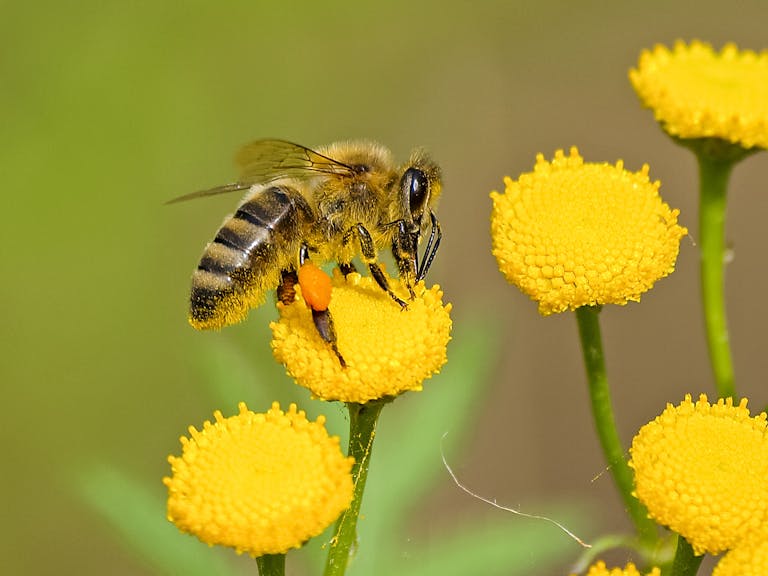Native Turtles Return to Yosemite After Invasive Bullfrog Removal

For years, American bullfrogs disrupted the natural balance in Yosemite National Park, severely impacting populations of northwestern pond turtles—California’s only native freshwater turtles. A new long-term study led by the University of California, Davis, shows how the near eradication of these invasive bullfrogs has led to the remarkable recovery of native turtle populations.
The Study and Its Scope
The research, published in the May 2025 issue of Biological Conservation, was conducted between 2016 and 2022 at four study sites in Yosemite where pond turtles were still present. Two of these sites continued to host bullfrogs, while the other two had none. The goal was simple: track how the removal of bullfrogs influenced the survival and recovery of turtles.
The fieldwork involved nighttime efforts that often stretched from 9 p.m. to 4 a.m., with scientists hiking into remote backcountry ponds. They used traps baited with mackerel to monitor turtle populations and employed mark-recapture techniques to collect accurate data.
Bullfrog Removal Efforts
Bullfrogs were first introduced into Yosemite in the 1950s and became firmly established by the 1970s. Known for their voracious appetites, bullfrogs consume virtually anything that fits into their mouths—including juvenile turtles, salamanders, small birds, snakes, and rodents.

Between 2016 and 2019, scientists worked intensively to reduce their numbers. The results were staggering:
- At one pond, more than 12,300 bullfrogs, larvae, and egg masses were removed.
- At another site, approximately 4,000 bullfrogs were taken out.
By 2019, researchers had achieved near-complete eradication of bullfrogs at the treatment sites, setting the stage for turtles and other native species to return.
What the Data Revealed
The differences between bullfrog-present and bullfrog-free ponds were dramatic.
- Turtle Size and Weight: Where bullfrogs were present, turtles were 26–36% larger and 76–97% heavier. This suggested that only older, larger turtles—those too big for bullfrogs to swallow—were surviving.
- Population Density: Turtles were 2 to 100 times more abundant in ponds without bullfrogs compared to those still hosting the invaders.
- Juvenile Recruitment: Juvenile turtles were essentially absent in bullfrog ponds, except when discovered in the stomachs of captured bullfrogs. However, after bullfrog removal was nearly complete in 2019, the first juvenile turtles began appearing again at these sites.
This direct correlation shows that bullfrog predation was actively preventing new generations of turtles from establishing themselves.
Wider Ecological Impacts
The return of turtles wasn’t the only benefit. As bullfrog numbers dropped, native frogs and salamanders became more visible and audible in the environment. Areas once dominated by the deep calls of bullfrogs once again echoed with the sounds of native species.
The recovery of the northwestern pond turtle is particularly significant because this species, along with its close relative the southwestern pond turtle, represents California’s only native freshwater turtle lineage. Over the years, pond turtles have vanished from more than half their historical range, which once stretched from Baja California to Washington state.
The study reinforces the ecological importance of these turtles. They play a role in nutrient cycling and energy transfer within aquatic ecosystems, making them integral to the natural heritage of the region. Losing them would mean losing the state’s last truly native freshwater turtle species.
Conservation Significance
The authors of the study caution that removing bullfrogs everywhere is not feasible. However, they argue it can be a highly effective strategy in priority conservation areas like Yosemite, where reinvasion risks are low and turtle recovery potential is high.
The research was supported by several organizations, including the Western Pond Turtle Range-wide Conservation Coalition, Yosemite Conservancy, the U.S. Geological Survey, and the USDA National Institute of Food and Agriculture.
Conclusion
The seven-year project demonstrates that invasive species control works—at least in areas where long-term removal is practical and reinvasion unlikely. By targeting bullfrogs, conservationists have successfully created conditions for the return of native turtles and other threatened species in Yosemite. This case highlights how direct, targeted action against invasive predators can lead to measurable, positive outcomes for biodiversity.
TL;DR
Scientists from UC Davis spent seven years removing over 16,000 bullfrogs from Yosemite ponds. Their efforts nearly eradicated the invaders, leading to the return of juvenile northwestern pond turtles and improving overall biodiversity.
Research Paper: Effects of invasive American bullfrogs and their removal on Northwestern pond turtles





